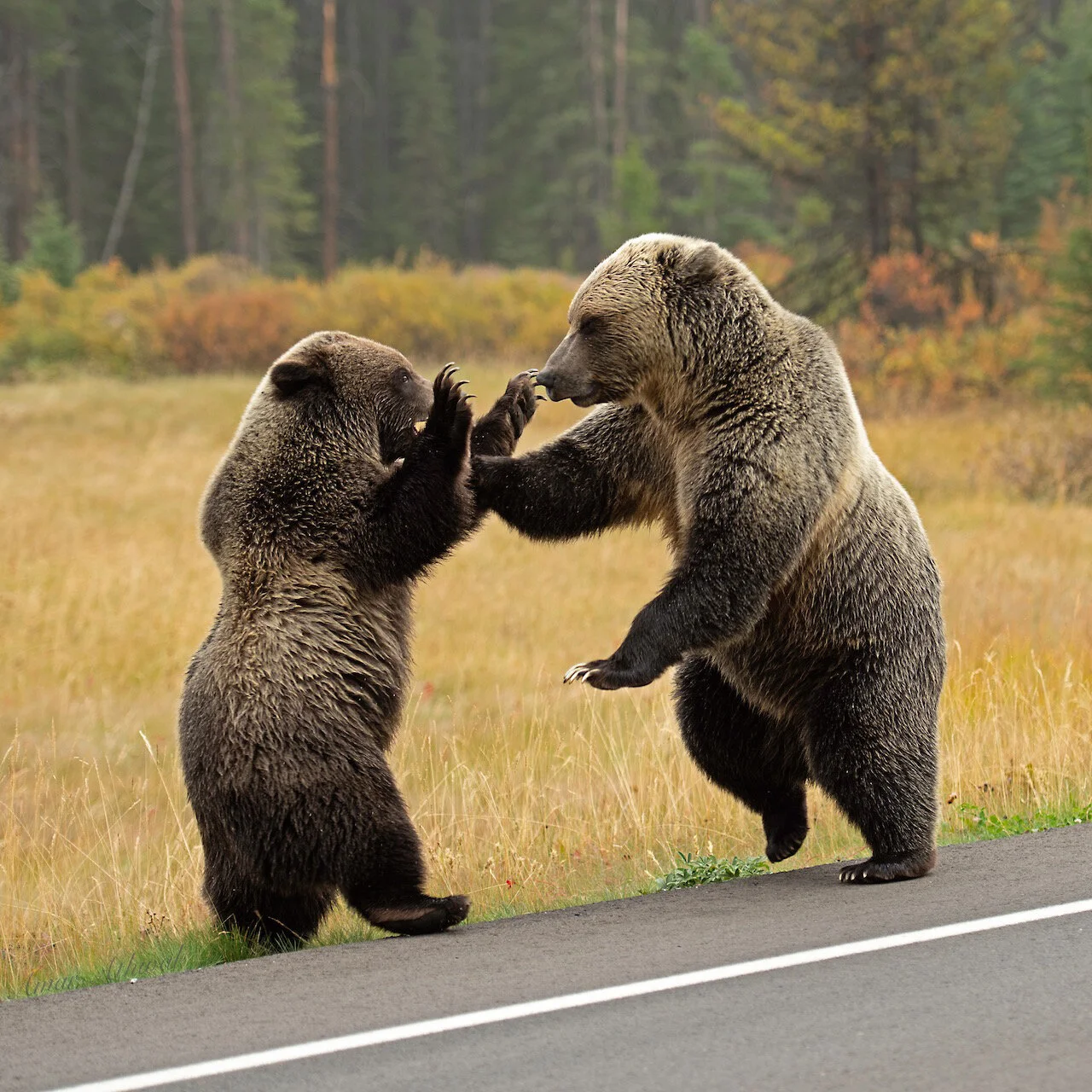Now and then, I think photography would be a lot easier if I shortened my list of photography subjects that I like to take pictures of. I would have a lot less to carry if I just took landscape pictures or just flowers. Or maybe just take pictures of birds; I can find them year-round. Or how about just predators? I can spend a lot more time watching out for them and getting better pictures with more opportunities. But I would be tired of sitting on my butt while waiting.
Over the last number of years, more of my free time has been spent focusing on things close to where I live and learning even more about the nature that is found within this place. Occurring naturally as I started realizing what I wanted to read, listen to, and watch documentaries happened to be about the area and species I’m directly familiar with. In this small part of the world, which is not that small, there is so much to see and learn. Just yesterday, I started reading “Grizzly Bear Science and the Art of a Wilderness Life” by Bruce McLellan. Even after reading the first couple of chapters last evening, I learned something new about this big guy and all the other bears like him.
Life is a lot easier when you know what you like and, just as important, what you don’t. But you still want to be challenged in life, both physically and mentally. Mentally, there is so much to learn about the subjects I like to take pictures of. There is no magic camera that can replace learning. Not only do I get to challenge myself on getting better pictures of the various subjects but I also learn how they are all connected. As for the physical part, what better way to stay active and healthy than to keep getting out there to enjoy nature and get pictures of all the moments I come across.
Now, regarding this picture. Before anyone asks if this grizzly, M122, is still up. This last fall, after spending a lot of time outdoors exploring, I was able to see him soon after one of our few snowfalls. It was in the second half of November, and I think a few days later he called it a season. For the last several years in the Bow Valley, the bear season starts when he wakes up and finishes when he goes to bed. If that pattern continues, the next bear season will start in a few months.














